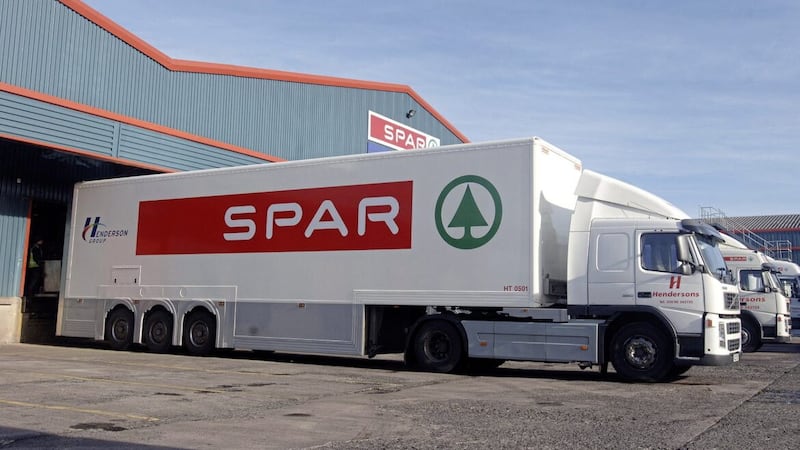The north’s economy could grow by around 0.6% this year, new analysis from PwC suggests.
The latest economic outlook from the financial services giant anticipates the Northern Ireland economy will be the fastest growing region of the UK outside London in 2023.
PwC’s UK economics team expects the UK economy to grow by around 0.5% in 2023 and 2024, and is likely to avoid recession.
It marks an uplift from its April outlook, which predicted 0.1% growth in 2023.
The official measure of the local economy, the NI Composite Economic Index (NICEI), suggested the Northern Ireland’s economy grew by 1.2% in the first quarter of 2023, leaving it 1.7% up on an annual basis.
UK gross domestic product (GDP) grew by just 0.1% and 0.2% over the same period.
PwC expect economic activity will likely to contract in the third quarter of this year.
But it anticipates the fastest growth will be in London and Northern Ireland.
“NI benefits from greater certainty provided by the Windsor Framework, while the relatively large public sector is sheltered from consumer spending pressures that hit other sectors,” said PwC.
Elsewhere, PwC is predicting inflation fall to around 4.6% by the end the year.
Although higher than predicted in its April outlook (3.5%), it would be comfortably below the UK Government’s target of 5.4% for the fourth quarter of 2023.
Caitroina McCusker, regional market leader at PwC Northern Ireland, said while the north’s economy is growing at a faster rate than most of the rest of the UK, there is more to do to drive long-term economic growth.
“Our economy is currently experiencing a counterbalance of both positive and negative factors,” she said.
“The positive improvements seen in the easing of the global supply chain pressures and household energy bills is offset by stubborn inflation levels, rate rises, and industrial action in key sectors, which are weighing on economic activity.
“There is value in driving investment in the longer-term levers for economic growth here, including stimulating inward investment and accelerating support for skills and education.”







